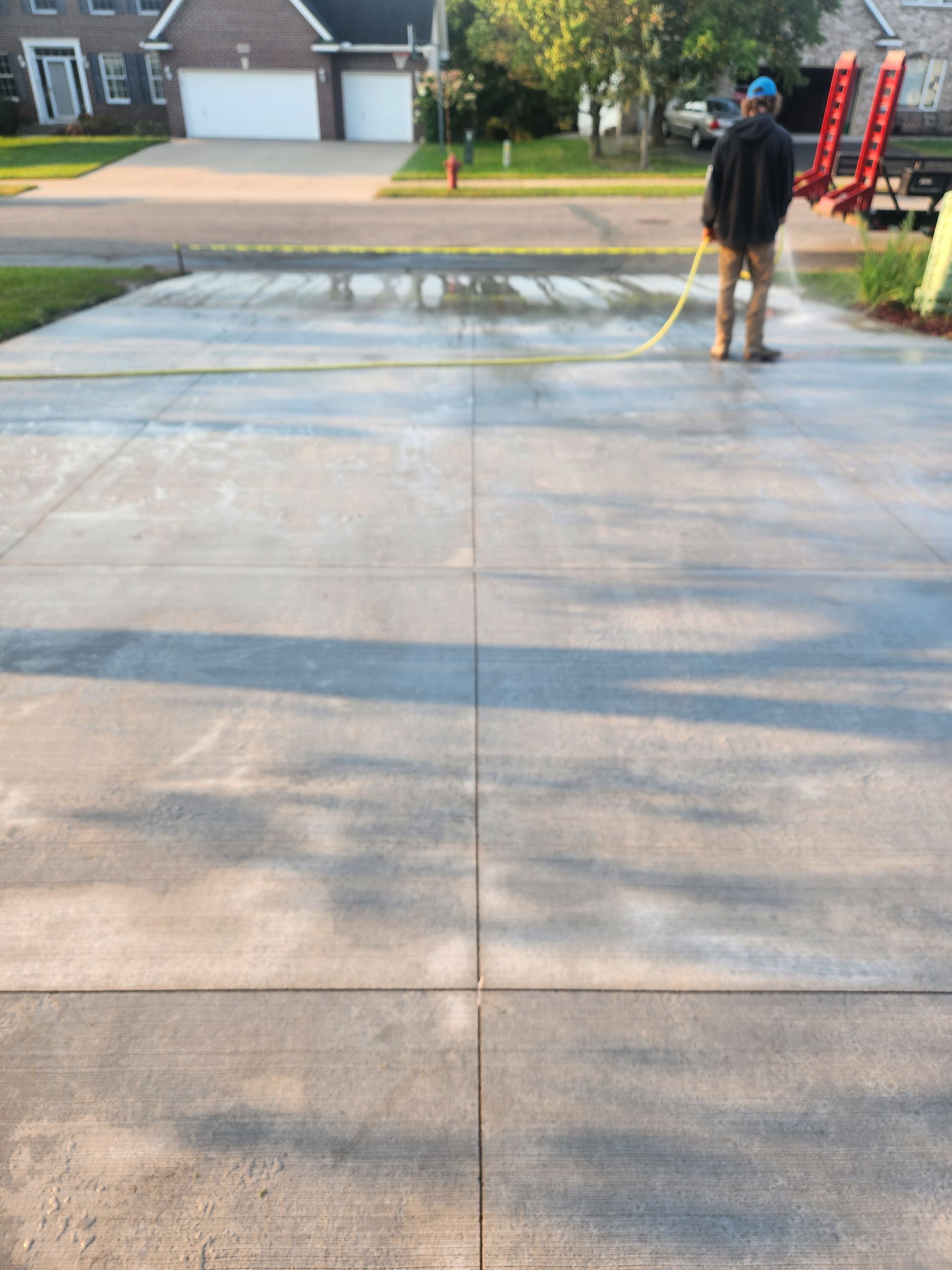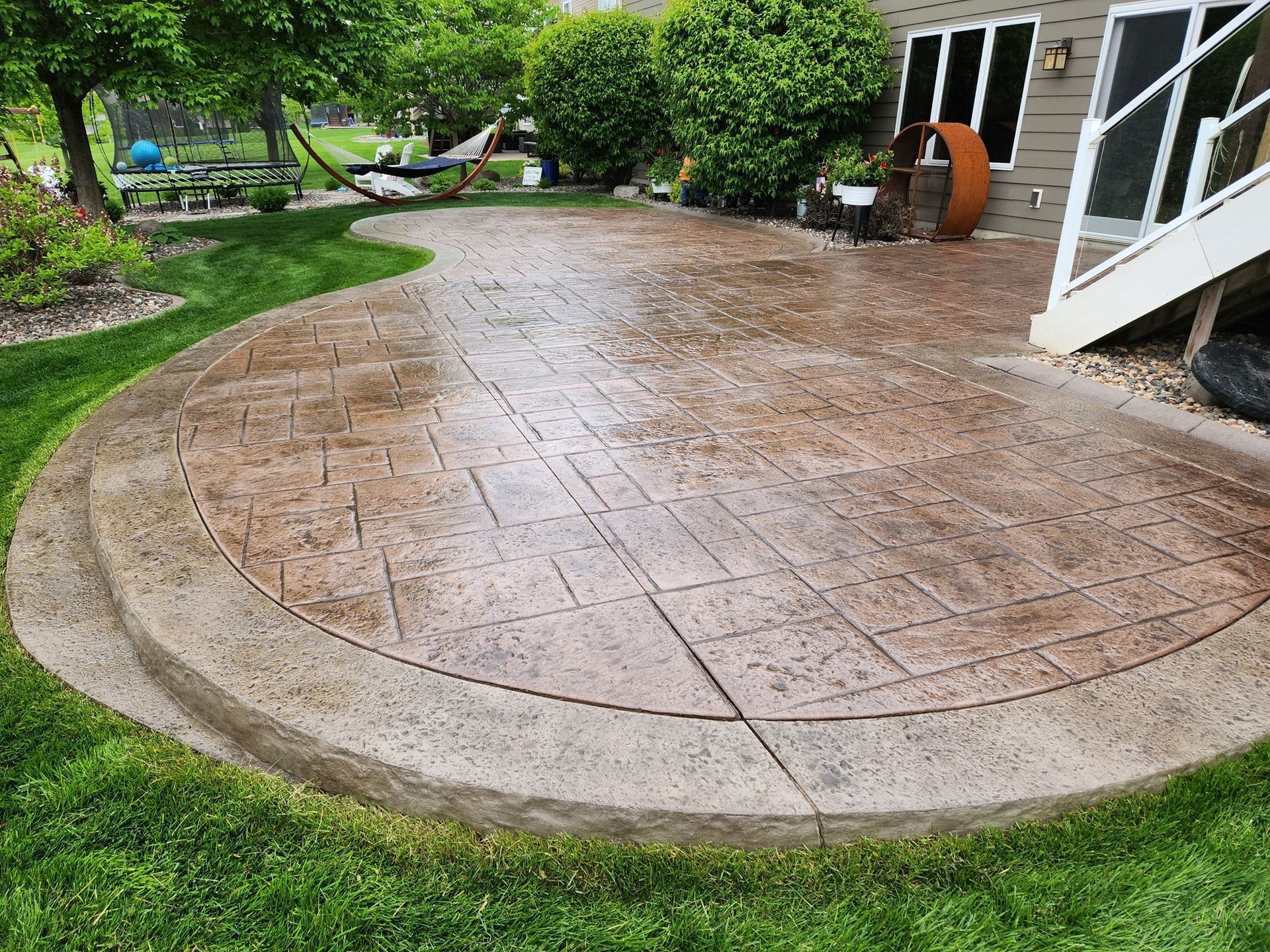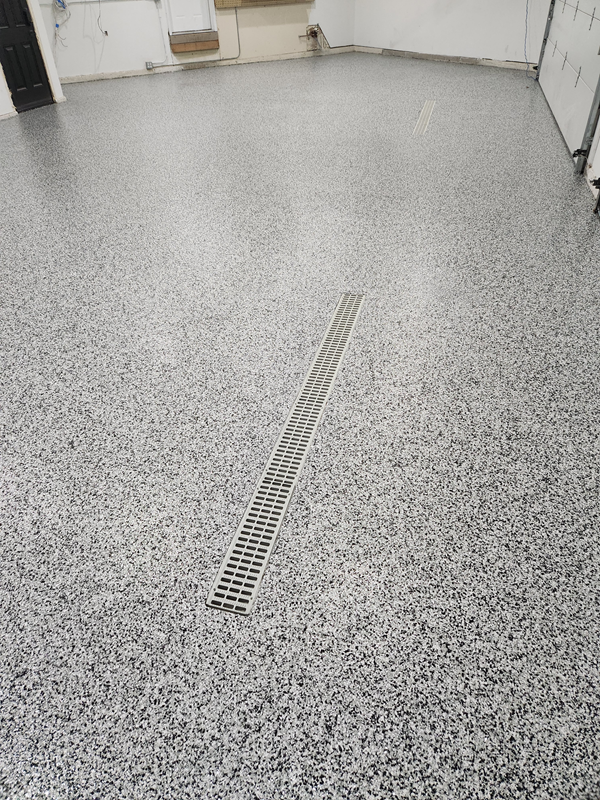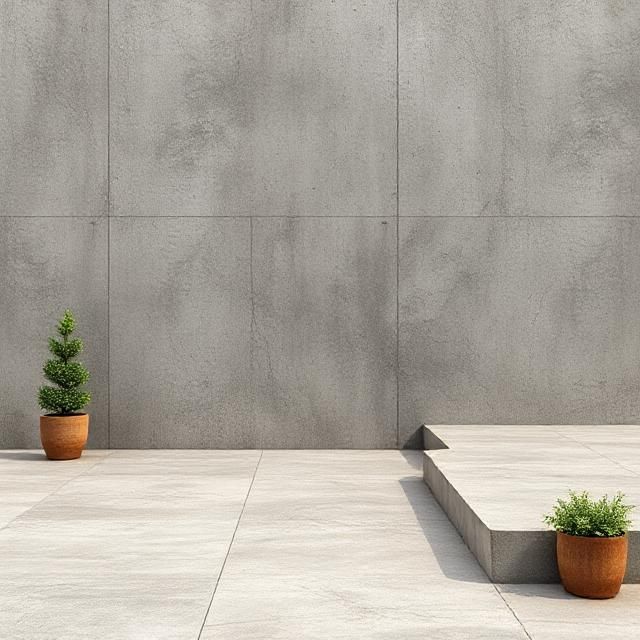Stamped vs. Traditional Concrete: Which Is Right for Your Big Lake Property?
Have you ever stood in your backyard, coffee in hand, imagining that perfect patio or driveway? If you're like most Big Lake homeowners, you've probably found yourself torn between traditional concrete's classic look and stamped designs' eye-catching appeal. Here at Dynamic Concrete, we've guided hundreds of local property owners through this exact decision, and we've learned that the "right" choice varies dramatically depending on your specific situation.
As Minnesota's unpredictable weather tests every outdoor surface to its limits, making an informed concrete choice isn't just about aesthetics—it's about protecting your investment for years to come. Let's break down these popular options without the sales pitch so you can decide which concrete solution truly fits your lifestyle, property, and budget.
Traditional vs. Stamped Concrete: The Basics
What is traditional concrete?
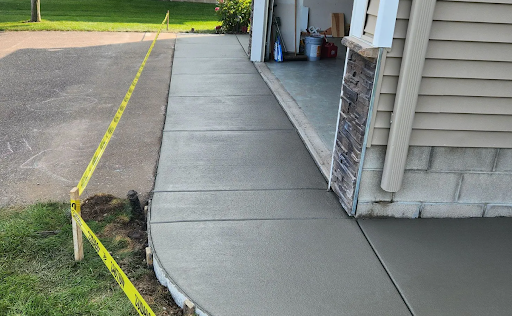
Traditional concrete delivers that clean, smooth finish with which we're all familiar. It's the standard gray surface you see throughout Big Lake—from municipal sidewalks to residential driveways. At Dynamic Concrete, we precisely pour traditional concrete, focusing on perfect finishing techniques that ensure durability in our harsh Minnesota winters.
What is stamped concrete?
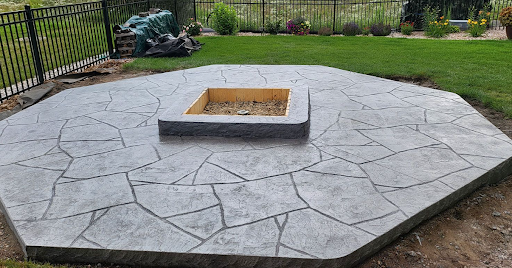
Stamped concrete transforms ordinary concrete into surfaces mimicking brick, slate, flagstone, or even wood planking. We imprint patterns before the concrete is cured using specialized tools and coloring processes. The result? A customized surface that combines concrete's strength with the visual appeal of more expensive materials.
Minnesota Weather Performance: Honest Truths

Traditional Concrete in Minnesota Winters
Let's talk about the elephant in the room—winter. In Big Lake, concrete faces extreme conditions that southern states don't understand.
Traditional concrete, when properly installed with the right mix and air entrainment (something we're meticulous about at Dynamic), stands up remarkably well to freeze-thaw cycles. Its simpler surface means fewer places for water to penetrate, reducing potential crack points during those brutal January cold snaps.
Stamped Concrete Durability in Harsh Conditions
Stamped concrete requires additional consideration for Minnesota properties. The texturing creates more surface area and potential entry points for moisture. However, when we install stamped concrete, we compensate with specialized sealers formulated explicitly for northern climates. Many of our stamped projects from 10+ years ago still look fantastic despite enduring a decade of Minnesota seasons.
The Cost Conversation
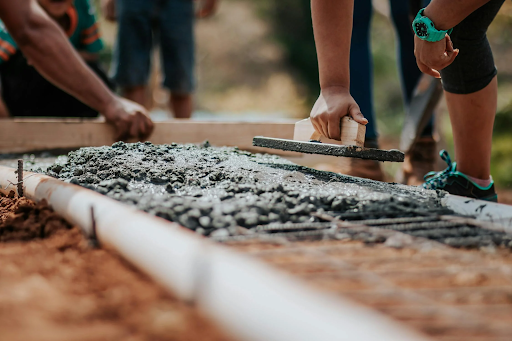
Traditional Concrete Pricing in Big Lake
Let's be transparent about pricing. For Big Lake properties, traditional concrete typically runs $8-12 per square foot for driveways and patios, depending on accessibility and preparation requirements.
Investment in Stamped Concrete
Stamped concrete costs more—usually $14-20 per square foot—reflecting the additional labor, artistry, and materials involved in creating those custom patterns and colors. Your specific Big Lake property's layout, soil conditions, and design complexity will influence where you fall within these ranges.
Long-Term Value Considerations
The long-term math is worth considering, too. While stamped concrete costs more upfront, it often adds more significant property value, particularly in Big Lake's competitive housing market, where outdoor living spaces have become major selling points.
Maintenance Reality Check
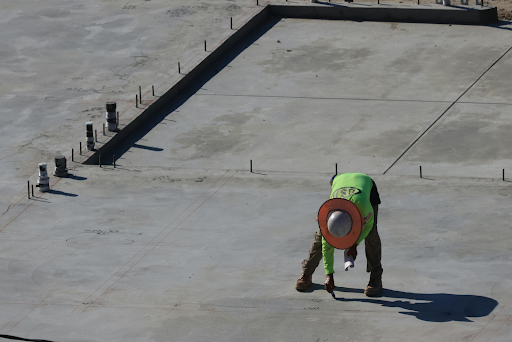
Caring for Traditional Concrete
Both concrete types require maintenance, but the regimens differ.
Traditional concrete needs occasional cleaning and should be sealed every 2-3 years in our Minnesota climate. Cracks should be addressed promptly to prevent water infiltration, leading to more significant issues during freeze-thaw cycles.
Stamped Concrete Maintenance Needs
Stamped concrete demands more attentive care. We recommend resealing annually, as the textured surface experiences more wear. The upside? That regular maintenance preserves both the color and pattern for decades, even with Minnesota's weather extremes.
Which Makes Sense for YOUR Property?
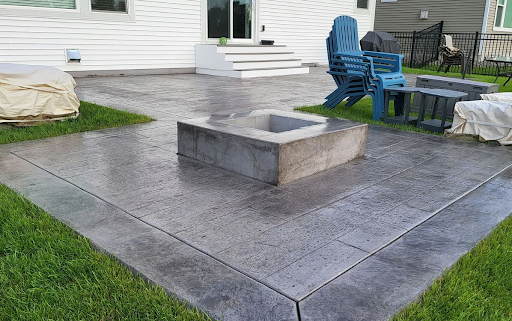
Best Applications for Traditional Concrete
Traditional concrete often makes practical sense for driveways in high-traffic areas or where snow removal is frequent. Its smooth surface is easier to plow and withstands mechanical scraping better than textured alternatives.
Ideal Settings for Stamped Concrete
For patios and pool decks where barefoot comfort and visual appeal matter most, stamped concrete delivers impressive results. The textured surface also provides better slip resistance when wet—an important safety consideration for pool surroundings.
Budget Considerations
Budget-conscious projects with extensive square footage benefit from traditional concrete's lower cost, while smaller showcase areas justify stamped concrete's premium look.
The Dynamic Concrete Difference
Whichever direction you're leaning, proper installation makes all the difference in Minnesota. Our Big Lake customers consistently mention how our attention to proper base preparation, concrete mix design, and finishing techniques results in surfaces that outperform their expectations.
Ready to Make Your Decision?
Whether you're envisioning a smooth, classic driveway or a stamped concrete patio that mimics natural stone, Dynamic Concrete brings 15+ years of Big Lake-specific experience to your project. We understand local soil conditions, drainage requirements, and exactly how to formulate concrete for Minnesota's unique challenges.
Contact us to schedule a free, no-pressure consultation. We'll walk your property, discuss options specific to your needs, and provide transparent pricing for both traditional and stamped options. Your perfect concrete solution awaits—and we're here to help you discover precisely what that looks like for your Big Lake home.
